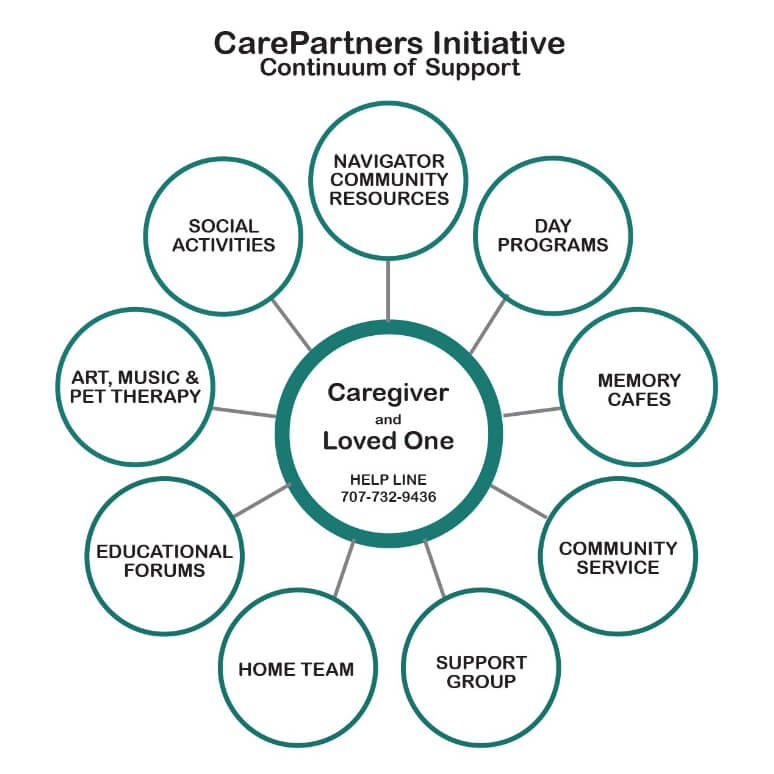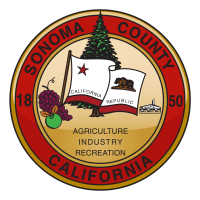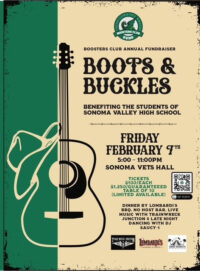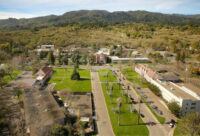Dementia is an umbrella term for different types of brain changes. The most referred-to type of dementia is Alzheimer’s Disease, but there are several other types of brain-related changes that produce dementia symptoms.
The dementia of Alzheimer’s appears as two types, Young and Late-in-Life onset. Other types are associated with Fronto-temporal changes, long term exposure to toxicity, Vascular problems such as infarcts, infectious and metabolic diseases, Lewy Body disease associated with Parkinson’s, and even genetic syndromes.
No matter the type of dementia, clinical patterns include its affecting at least two parts of the brain, a progressive and chronic nature, and that it’s terminal. Close to six million Americans are living with Alzheimer’s dementia, and that number is growing. Here in Sonoma Valley, it’s estimated that the number will exceed 1,500 people by 2030. This presents a medical crisis of its own, but is combined with a crisis of caregivers.
Seventy percent of dementia patients live at home and are cared for by members of their family. This places great stress on family finances, on top of the personal emotional cost of caregiving. Many caregivers must forgo working and earning money to make sure a loved-one is safe, and that stress is added to the workload and worry that caring for a dementia patient requires.
In response to this crisis, Sonoma civic leader Whitney Evans, whose wife Jeanette had dementia and who together learned to live with the disease, founded a nonprofit organization called CarePartners in 2019, and has developed programs to support both dementia patients and their caregivers. CarePartners is already running a two-hour, two-day-a-month program called a Memory Cafe at a local church and wants to expand to additional locations and also increase frequency. CarePartners also offers free support groups, in-person and on Zoom, and activities for both care partners.
A more comprehensive caregiving environment is planned, but doing so is complex; local regulations of the County Office on Aging, licensing, and requirements of safety services make such activities and their expansion a challenge. At this point the only licensee approved by the county to run such caregiving programs is the Council on Aging.
Sonoma County recently released its Master Plan for Aging, which addresses many concerns but does not provide any funding for services at this time. The plan was developed through a collaborative effort between groups and individuals. The plan addresses Governor Newsom’s 2019 executive order calling for a State Master Plan for Aging, that calls upon local communities to create their own plans.
Sonoma County’s plan reflects the increasing number of older adults in the county, who today comprise 28 percent of the population. By 2030, that number is projected to increase to 35 percent. That population is also increasingly diverse, notes the county plan. Nearly half the aging population lives in unincorporated areas of the county, in some cases considerable distance from essential services. Moreover, many of these aging adults are on the edge of poverty and homelessness. The new plan covers a 10-year approach to dealing with this evolving situation and recommends funding and resources to improve the health and well-being of older adults.
The CarePartner organization is not waiting for government or other agencies to address this looming challenge. They are already formulating plans for a five-day-a-week program that would provide a suitable and creative environment for both dementia patients and caregivers.
When it comes to understanding dementia, Evans realized that getting information about the condition out to the community is difficult. Part of his objective is to better educate the public.
“It’s a crisis. For caregivers, it’s a 36-hour day,” says Evans. “But people are really scared about dementia. They run away from it, don’t want to admit it, and get hidden away. So how do we get them into a program or even identify them? Add to that the fact that the problem is going to grow in the coming years. It’s beginning to be recognized as a crisis.
“The caregiving force is evaporating, far too few people have long-term care insurance,” he adds. “We’ve got to figure out how we can support people in their home. Part of the answer is the existing nonprofit community coming together to support people. We can feed people, provide transportation, and coordinate communication.”
CarePartners has a Help Line – 707-732-9436 – to direct caregivers to the support they need. An Adult Day Care Program is planned to provide some additional respite for working caregivers. The Council on Aging has run programs at Vintage House, but they’ve accommodated only ten people. Which prompts Evans to ask, “What are we going to do about the 1,000 people with memory loss?”
Evans adds, “We want to create a model, a showcase in Sonoma for the way a community can accomplish providing care that uses best practices, is affordable and scale-based, but frankly, the problem goes beyond dementia into the whole topic of senior housing. This community needs to wake up to the fact that we are going to lose people if we can’t find the kind of accommodations that work for aging adults.”
For more information, visit https://carepartnersinitiative.org/
By Larry Barnett






Be First to Comment